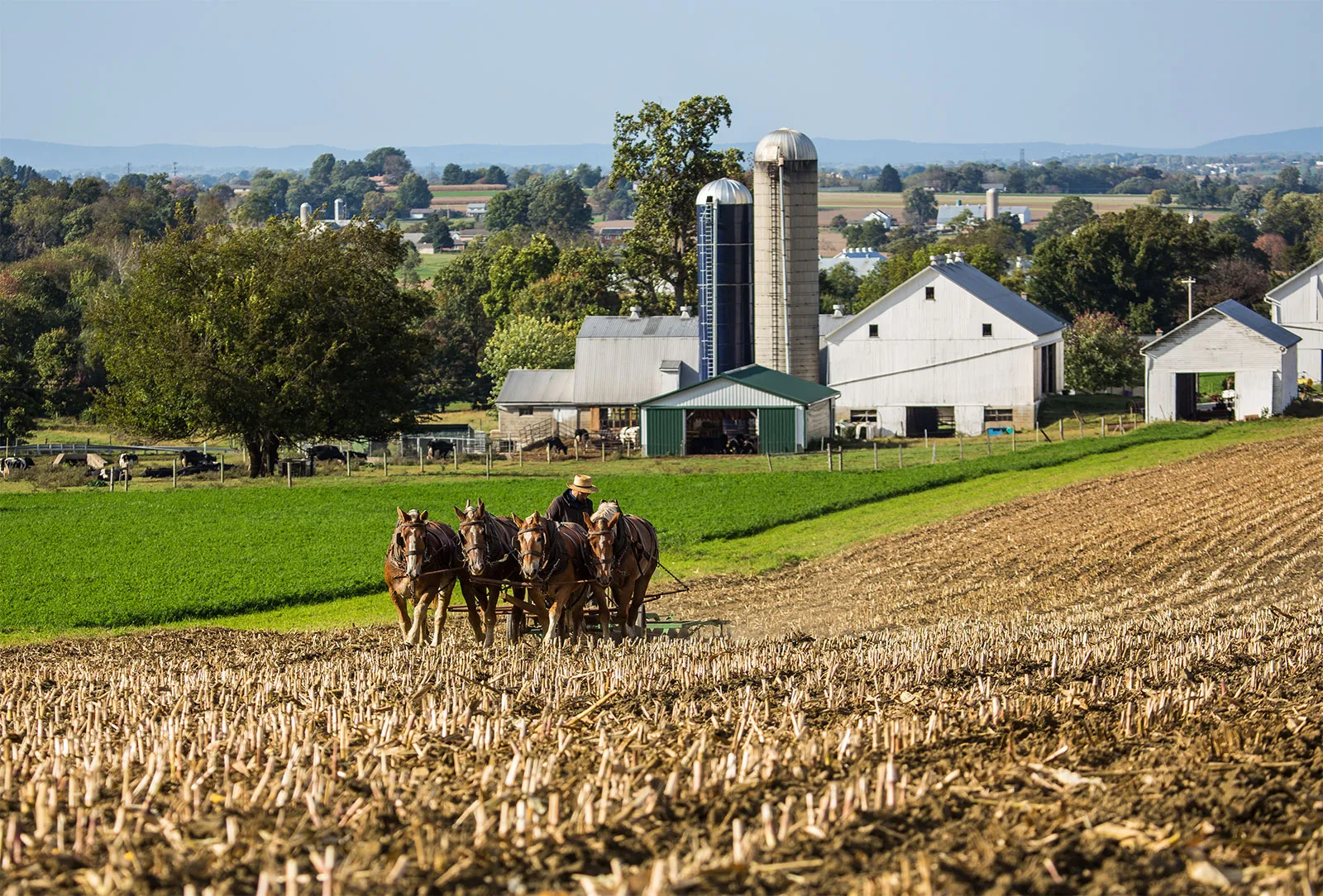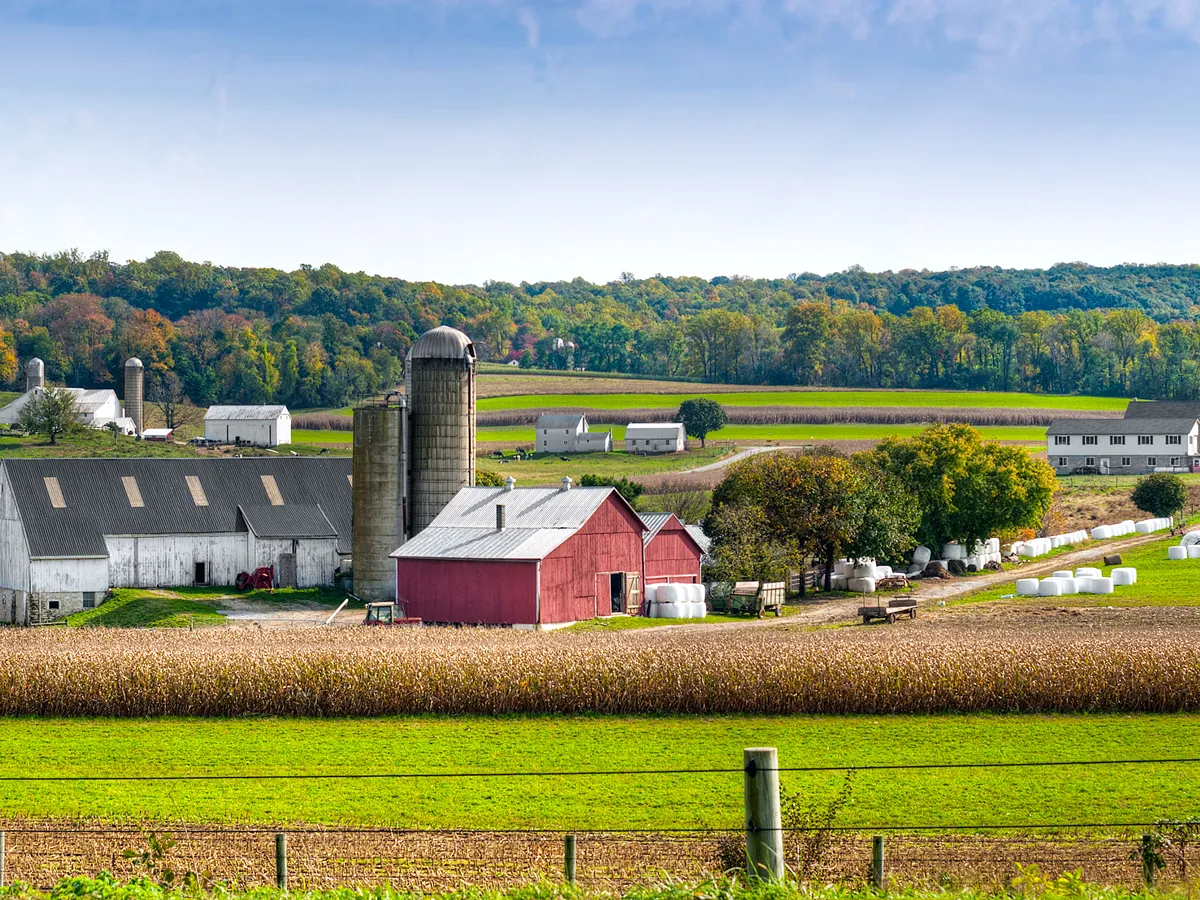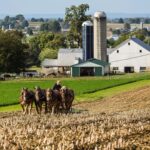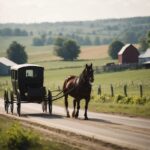How Amish Settlers Shaped Rural American History
Amish settlers played a significant role in shaping rural American history. Arriving in Pennsylvania, Ohio, and Indiana in the 18th century, these communities introduced sustainable farming practices, artisanal craftsmanship, and strong communal values. Their contributions influenced local economies, land use, and cultural traditions, leaving a lasting impact on rural America. Understanding their role provides insight into a society that balances tradition, faith, and community in everyday life.
Early Migration and Settlement
Seeking Religious Freedom
Facing persecution in Europe, Amish settlers sought refuge in America. Pennsylvania’s religious tolerance attracted families eager to practice their faith freely while preserving cultural traditions. Fertile land and rural settings allowed them to maintain self-sufficient communities, replicating the agricultural lifestyle of their European homeland.
Establishing Communities
Settlers built small villages and farms that prioritized family, community, and productivity. Multi-generational households became standard, ensuring that traditions, skills, and values were passed from parents to children. This structure allowed Amish communities to thrive while maintaining cultural continuity.

Contributions to Farming and Agriculture
Sustainable Farming Practices
Amish settlers introduced sustainable and efficient farming methods. They practiced crop rotation, used natural fertilizers, and relied on horse-drawn plows rather than mechanized equipment. These techniques preserved soil health and reduced environmental impact, setting a model for responsible agriculture in rural America.
Livestock and Food Production
Amish farms emphasized livestock care and organic food production. Cows, chickens, and pigs were raised ethically, while dairy, meat, and crops were produced primarily for local consumption. This focus on quality and sustainability influenced regional agricultural standards and contributed to the availability of fresh, homegrown food.
Community Cooperation in Agriculture
Barn raisings, harvests, and planting seasons highlighted collective effort. Working together strengthened bonds and ensured that large projects were completed efficiently. This model of cooperative labor became a hallmark of Amish rural life and influenced surrounding communities.
Artisanal Craftsmanship
Woodworking and Furniture
Amish settlers brought woodworking skills that shaped rural economies. Handcrafted furniture and cabinetry reflected quality, durability, and functional design. These products became highly valued both within and outside the community, establishing a reputation for craftsmanship.
Quilting and Textiles
Quilting and textile production were essential for Amish households and served as a social and creative outlet. Quilts were made collaboratively, often sold or traded locally, providing income while preserving traditional skills.
Food Preservation and Culinary Traditions
Amish settlers introduced methods of canning, pickling, and baking that enhanced self-sufficiency. These practices influenced rural American culinary habits and demonstrated the value of seasonal, homegrown produce.
Community Values and Social Impact
Faith-Based Living
Faith guided daily life, work ethic, and communal decision-making. Church services, prayer routines, and moral teachings reinforced a sense of shared purpose, shaping the cultural and social fabric of rural communities.
Education and Apprenticeships
Amish schools and mentorship programs emphasized practical skills, literacy, and cultural values. These educational practices ensured the continuation of traditions while preparing children to contribute meaningfully to the community.
Influence on Rural Culture
The Amish emphasis on humility, cooperation, and simplicity influenced neighboring communities. Their sustainable practices, artisanal crafts, and strong community bonds became models for ethical living and responsible resource management in rural America.
Experiencing Amish Influence Today
Visitors can explore the impact of Amish settlers through farm tours, craft workshops, and historical sites.
-
Farm Tours: Observe traditional agricultural methods still in use today.
-
Workshops: Learn woodworking, quilting, or baking skills that shaped local economies.
-
Community Events: Experience barn raisings, festivals, and religious celebrations that highlight communal values.
-
Museums and Heritage Centers: Discover the history of Amish migration, settlement, and contributions to rural life.
Conclusion
Amish settlers significantly shaped rural American history through farming, craftsmanship, education, and strong community values. Their migration from Europe brought sustainable agricultural practices, artisanal skills, and faith-driven lifestyles that influenced local economies and cultural norms. Pennsylvania, Ohio, and Indiana communities continue to reflect the traditions and work ethic of early Amish settlers, demonstrating the enduring impact of their contributions. Understanding how Amish communities shaped rural America allows visitors and historians alike to appreciate the fusion of heritage, faith, and sustainable living that remains relevant today.



